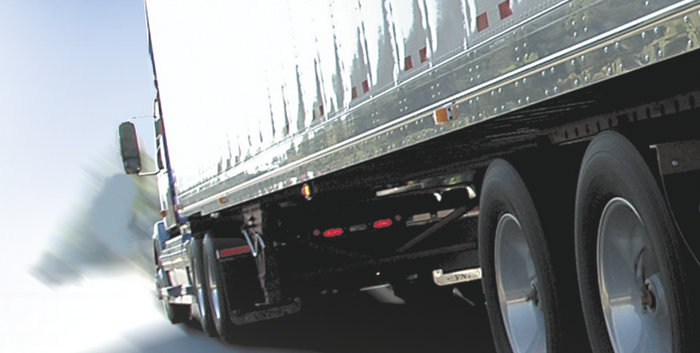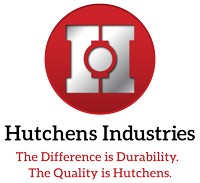Increased payload and trailer uptime are prime factors in determining the total cost of ownership (TCO) calculation when considering a suspension system. Tried and true spring suspensions have been serving trailers well years and for good reason: The initial lower acquisition and maintenance costs of yesteryear are now married to continued improvement in mechanical spring technology. Springs have always had a progressive rate to ride as soft as they can when the load is lighter and then provide higher roll stiffness as the load increases.
To determine what type of suspension fits your fleet, you have to consider the weight of the entire trailer, the load and the uptime requirements. The uptime expectations are easy to define for all fleets—you never want any downtime, and uptime often relies on your fleet’s dedication to regular preventative maintenance. So let’s take a look at how payload and application will impact your suspension selection.
With all suspensions, there is a push and pull between cargo safety and driver comfort. Safety and control of the trailer typically comes at the cost of the ability to dampen and absorb inputs from the road. That’s because the stiffness of the spring affects how the sprung mass—the mass of the trailer supported on the springs—responds. The stiffness is affected by the ratio between the sprung and unsprung mass—the weight of the axle, brake and wheel end systems. For example, when a tire absorbs impact and bounces vertically, a loosely sprung suspension (or one where the sprung and unsprung mass are isolated) will better accept vertical movement and help dissipate the vibrations to protect the cargo. Conversely, a higher sprung mass will push down on the wheels and keep the tires on the ground to maintain trailer control.
To meet the demands of both driver comfort and cargo safety, mechanical suspension technology has evolved through the use of lighter, higher-strength steel to reduce weight. Additionally, natural rubber bushings are used to maintain durability, fastening technology improvements minimize maintenance and expansion of spring types provide improved cargo protection for a wide range of applications.
Springs absorb energy to protect the load. They can only absorb so many road inputs until they eventually reach the end of their fatigue life and you have to replace the springs. Yet the durability of today’s mechanical spring suspensions in applications where road conditions and payloads remain relatively constant means that, often times, the suspension will outlast the life of the trailer as long as you maintain your suspensions.
In terms of mechanical spring suspension maintenance, most preventative maintenance focuses on keep the fasteners properly tightened. Preventative maintenance consists of a periodic torque check of all fasteners along with routine pre-trip visual inspections to make sure that none of the moving parts have reached the end of their life.
In the event that a spring does need replaced, should be replaced at the first opportunity, but some types of spring failures require placing the vehicle out of service immediately. (The Commercial Vehicle Safety Alliance (CVSA) defines out of service criteria for suspension springs and their handbook can be consulted for further definition.) Replacing a spring in a mechanical suspension can be performed on either a loaded or unloaded vehicle as long as the shop is properly equipped with the necessary lifting and safety equipment. The process involves lifting the load off of the spring to be replaced, removing the U-bolts attaching the spring to the axle along with any spring retainer bolts in the rockers and/or hangers, and then removing the spring from beneath the trailer.
After inspecting the suspension hangers and/or rockers for excessive wear, a new spring of the same type can then be re-installed. It’s important to always use new fasteners when replacing a spring and make sure that they are properly tightened. Shop times vary by location, but changing a spring should take less than an hour.
For more information on mechanical spring suspensions, visit the Hutchens Industries website.















